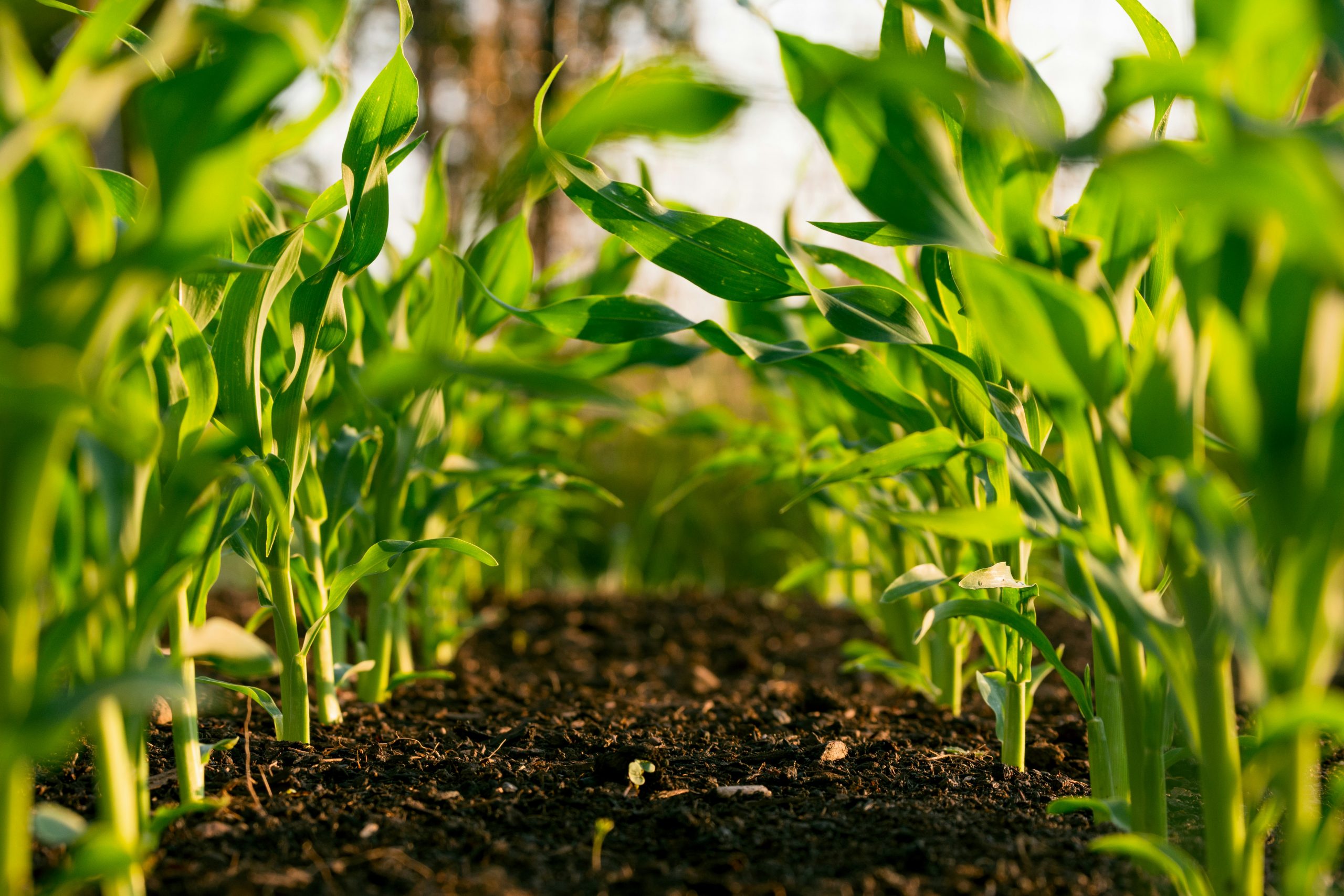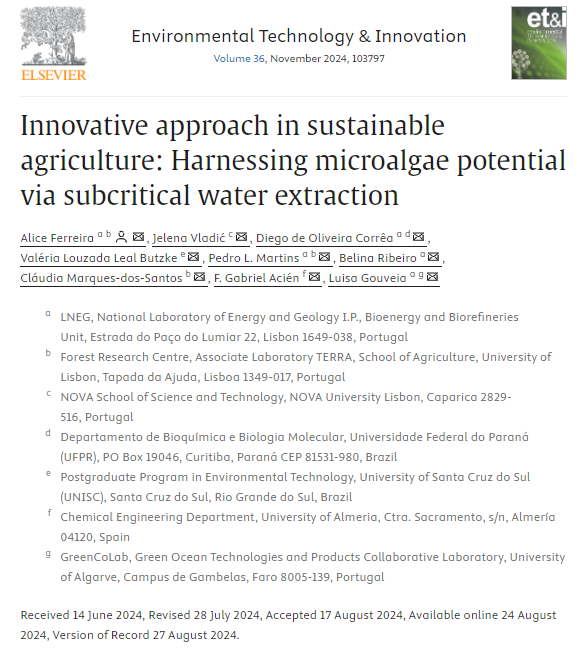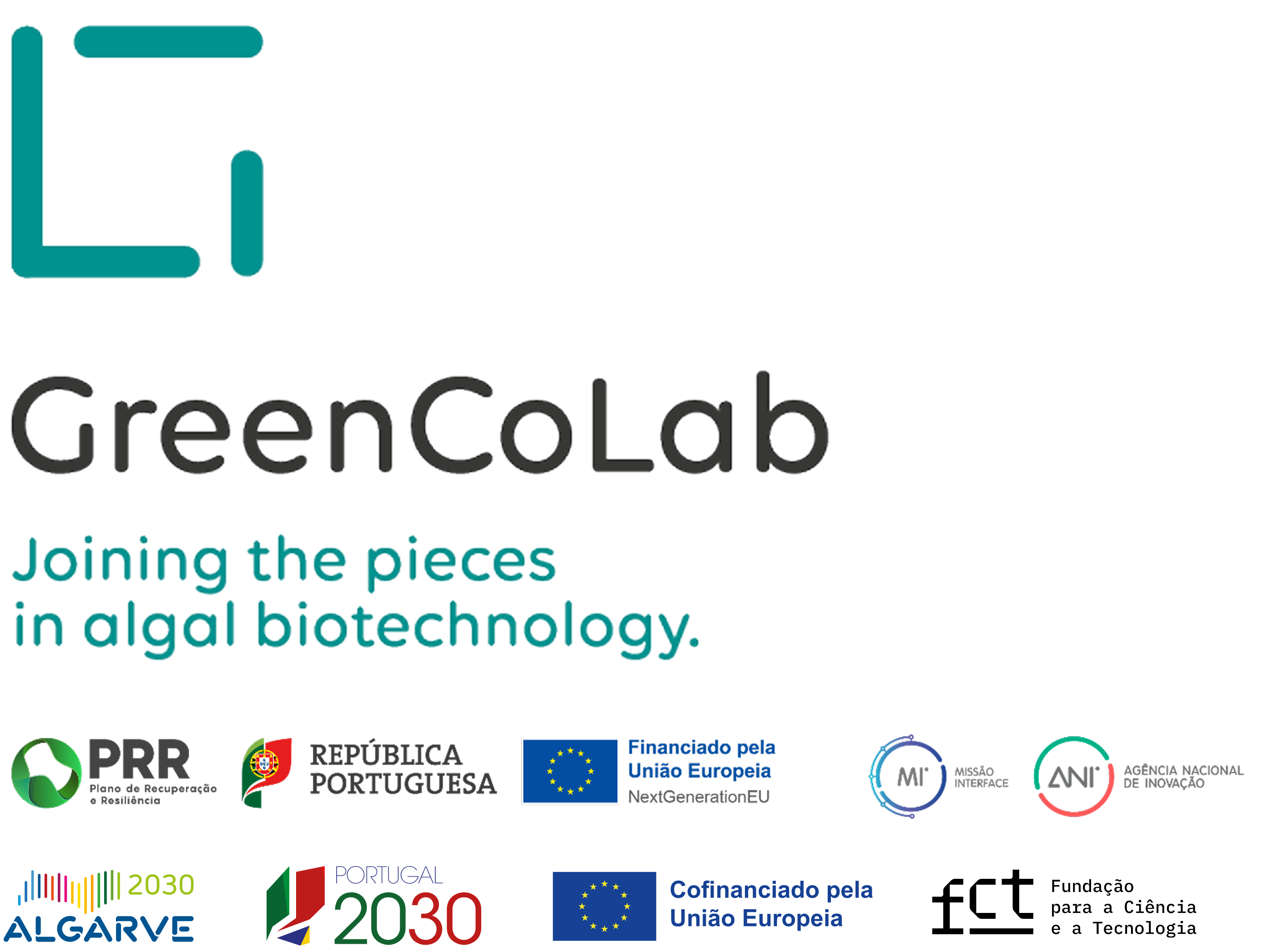

TITLE
Innovative approach in sustainable agriculture: Harnessing microalgae potential via subcritical water extraction
JOURNAL
Environmental Technology & Innovation
AUTHORS
Alice Ferreira, Jelena Vladić, Diego de Oliveira Corrêa, Valéria Louzada Leal Butzke, Pedro L. Martins, Belina Ribeiro, Cláudia Marques-dos-Santos, F. Gabriel Acién, Luisa Gouveia
ABSTRACT
Microalgae can contribute to sustainable agriculture and wastewater treatment. This study investigated Tetradesmus obliquus, grown in piggery wastewater (To-PWW), as a biostimulant/biofertilizer compared to biomass grown in synthetic medium (To-B). Subcritical water extraction was tested for disruption/hydrolysis of wet biomass, at three temperatures (120, 170, and 220 °C) and two biomass loads (1:10 and 1:80 (g dry biomass/mL water)). Extracts were evaluated for germination, and root formation/expansion. Residues were quantified for nutrient composition to assess their biofertilizer potential and tested for their affinity to oil compounds for bioremediation. The best germination was achieved by To-B extracts at 170 °C (1:10: 148 % at 0.2 g/L, 1:80: 145 % at 0.5 g/L). Only To-PWW extracts at 0.2 g/L had a significant germination effect (120 °C: 120–123 % for both loads; 170 °C: 115 % for 1:80). To-PWW extract at 120 °C and 1:10 significantly affected cucumber and mung bean root formation (224 and 268 %, respectively). Most extracts significantly enhanced root expansion, with all To-B extracts at 1:10 showing the best results (139–181 %). The residues contained essential nutrients (NPK), indicating their biofertilizer potential, helping decrease synthetic fertilizers demands. To-B residues had high affinity to toluene and diesel but lower to used cooking and car oils. To-PWW showed very low affinity to all oil compounds. Finally, all residues were only able to form stable emulsions with the used car oil. This study fully exploits the use of microalgal biomass in sustainable agriculture, producing biostimulant extracts, and residues for biofertilizer and bioremediation, from a low-cost wastewater source.



